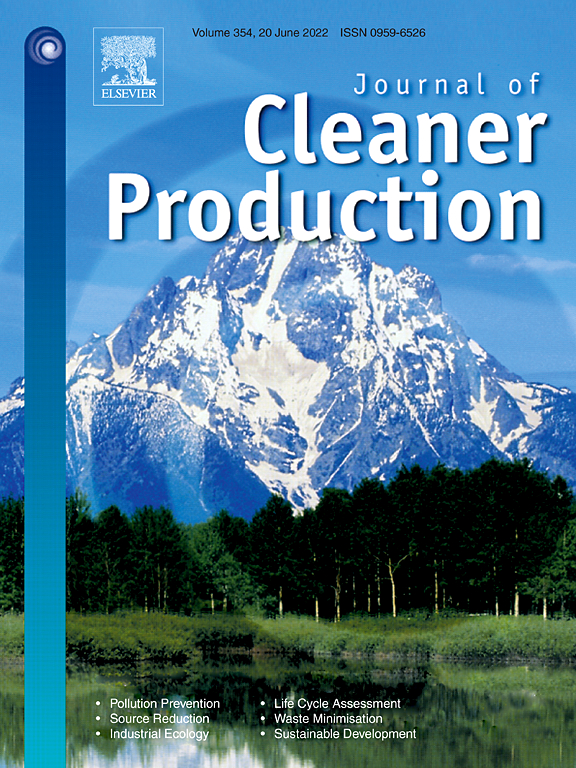Data-Driven Fault Diagnosis of Lithium-Ion Battery Overdischarge in Electric Vehicles
Publication Year: 2022
Author(s): Gan N, Sun Z, Zhang Z, Xu S, Liu P, Qin Z
Abstract:
The over-discharge can significantly degrade a lithium-ion (Li-ion) battery's lifetime. Therefore, it is important to detect the over-discharge and prevent severe damage to the Li-ion battery. Depending on the battery technology, there is a minimum voltage (cutoff voltage) that the battery is allowed to be discharged in common practice. Once the battery voltage is below the cutoff voltage, it is considered an over-discharge. However, over-discharge will not lead to immediate failure of the battery, and if it is not detected, the battery voltage can increase above the cutoff voltage during the charging process. How to detect an over-discharge has happened while the current voltage is larger than the cutoff voltage thus becomes very challenging. This article proposes a machine learning-based two-layer overdischarge fault diagnosis strategy for Li-ion batteries in electric vehicles. The first layer detects the over-discharge by comparing the battery voltage with the cutoff voltage, which is utilized in common practice. If the battery voltage is larger than the cutoff voltage, the second layer, which is a detection approach based on the eXtreme Gradient Boosting algorithm, is triggered. The second layer is employed to detect the previous over-discharge. The proposed method is validated by real electric vehicle data.
Source of Publication: IEEE Transactions on Power Electronics
Vol/Issue: 37(4): 4575-4588p.
DOI No.: 10.1109/TPEL.2021.3121701
Publisher/Organisation: Institute of Electrical and Electronics Engineers Inc.
Rights: Institute of Electrical and Electronics Engineers (IEEE)
URL:
https://ieeexplore.ieee.org/document/9583917
Theme: Battery Technology | Subtheme: Lithium-ion batteries (liquid electrolyte)




